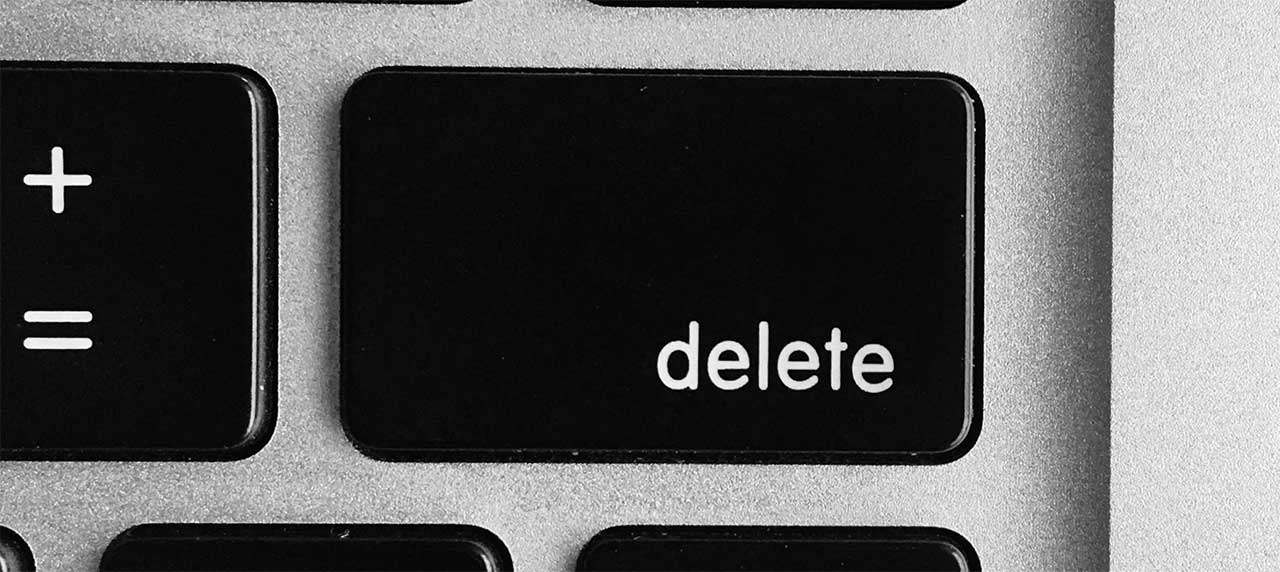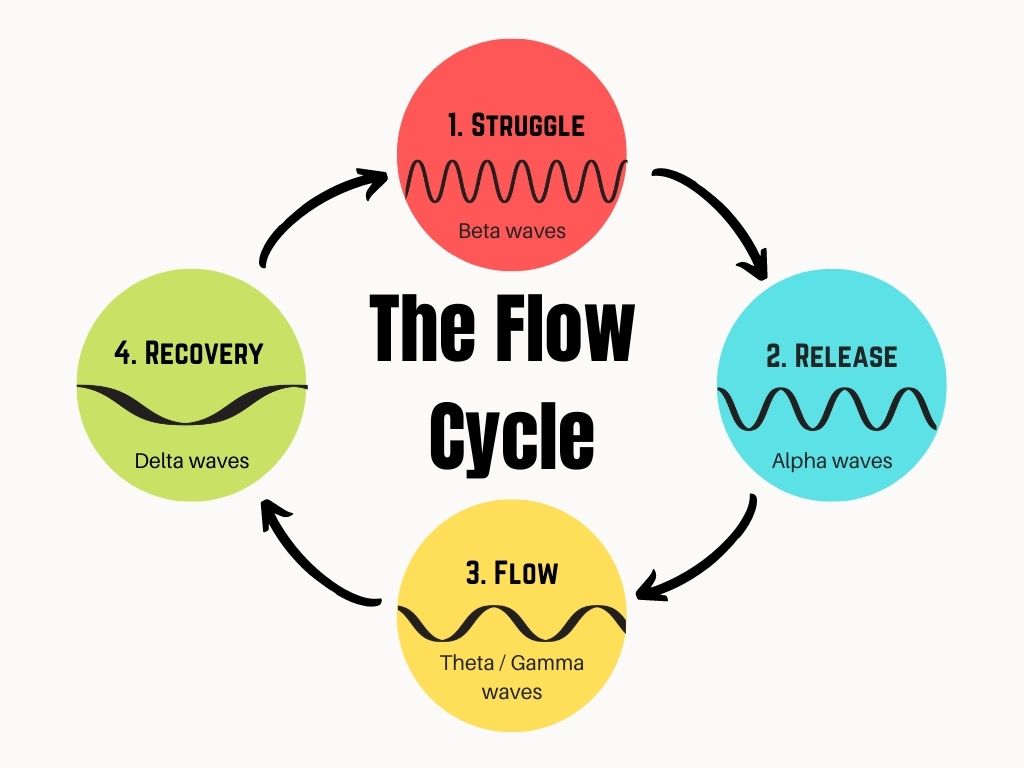We typically think of additive solutions to life’s problems—new technologies, more information, additional goals. However, sometimes it’s the overlooked subtractive improvements that yield the greatest benefits.
Rather than creating and increasing, sometimes we need to reduce and remove.
Subtractive improvements require looking at problems differently, and research suggests it’s a way that we don’t naturally rely on.
If you’re stuck on a problem or just trying to make life a little better, it’s worth considering these areas where subtractive improvements might be found:
Subtractive Creativity
Recently, a team of researchers ran a series of experiments which found that we look for solutions to problems by adding new elements, when subtracting them can be more effective.
“We wanted to investigate whether, and to what extent, people actually overlooked subtraction when they’re tasked with changing things,” Gabrielle Adams says.
In one experiment, the participants were tasked with making a structure of coloured boxes symmetrical. There was a clear bias towards addition, as only 18 of 91 participants thought of removing exiting pieces.
In another experiment, 1,500 people were paid $1 to stabilise a Lego structure, but had to pay a small fee to add new blocks. The researchers changed up their instructions to see what effect this would have.
The participants were split into two groups, one group were told “Each piece that you add costs ten cents,” while the second group were told “Each piece that you add costs ten cents but removing pieces is free.”
Mentioning that the removal of pieces is free caused the participants to be more alert to subtractive solutions—nearly two-thirds of them found a solution by removing a single piece, compared to 41 percent of the other group.
Here’s a great video demonstration of their study:
Sometimes your problems are better solved through removal, but this requires you to be on the lookout for them as it appears our minds gravitate towards the additive options.
Subtractive Self-Improvement
This pull towards additive solutions shows up when we think about how to generally improve our lives, when we turn to things like exercising, reading, taking courses, playing sports, writing, or starting a business.
These can be very beneficial, but they can also add more stress and problems as we try to make time for them. An alternative can be found in what some have called ‘via negativa’, meaning the negative way.
One area this can be seen is in removing bad habits before adding good habits. For example, it can be better to quit smoking and eating sugar than to add a heavy exercise regimen to get fit.
Likewise, if you want more money in your bank account, cutting down on unnecessary expenses may be a better option than trying to add new side-hustles or take on more work.
Many of these ideas are behind the popularity of minimalism and living a life of simplicity—the removal of unnecessary things from your life, to live with only what you need.
Subtractive Focus
Unlike the difference between removing bad habits and adding good habits, sometimes we are faced with equally good and appealing options for how to spend our time.
Whenever we say yes to one option, we are saying no to many others. Whenever we focus on one thing, we do it at the expense of everything else we could do.
Every possible action that we reject becomes an opportunity cost—it’s the price we pay for doing what we choose to. The more options you have, and the higher the value of each of them, the greater price you pay.
More recently, some researchers have speculated that opportunity costs are the main cause of our sense of mental effort—the more things jostling for our attention, the more effort is required to stay on task.
This is more of a problem today than at any point in the past. With our modern technology and wealth of interesting content, there are endless ways to spend our time without getting bored.
Sometimes willpower isn’t the issue—you’re not trying to decide between immediate gratification and long-term benefits. Sometimes you’re trying to decide between two top-quality options.
Should you learn Spanish or guitar? Study physics or computer science? Watch a new documentary or sit down with a book? Sometimes you have to avoid the good things to focus on the best things.
“People think focus means saying yes to the thing you’ve to focus on. But that’s not what it means at all. It means saying no to the hundred other good ideas that there are. You have to pick carefully. I’m actually as proud of the things we haven’t done as the things I have done. Innovation is saying no to 1,000 things.” — Steve Jobs
Subtractive Knowledge
In his book ‘On Writing,’ Stephen King asks writers to be ruthless about trimming and removing everything that’s not essential: “Kill your darlings, kill your darlings, even when it breaks your egocentric little scribbler’s heart, kill your darlings.”
King’s advice works for writing, but also for explanations and knowledge more broadly. Have you ever heard someone give a long, complex description of something—the blockchain, or quantum computers—that left you with more questions than answers?
Many topics initially seem overwhelming or complex, and obtuse explanations and descriptions can make us feel, well, a little dumb. However, chances are there’s a better way to explain those core ideas—the problem is the description, not our intelligence.
Think about how you would describe the topics and ideas that you’re more familiar with to someone with no knowledge or experience with them—could you explain them simply? Could you ‘elevator pitch’ it?
While elaborating and expounding on endless details might make you feel smart, it’s at the expense of the person you’re explaining it to. Counterintuitively, it takes a higher level of understanding to simplify and summarise an idea.
Einstein is thought to have said: “If you can’t explain it simply, you don’t understand it well enough.” That’s true. If you know what you’re talking about, you know what you can leave out.
What Can You Remove?
There are many times additive solutions are the way to go, and it certainly seems like this is our default problem-solving method. Given our easy access to online shops and information, addition is also the more seductive option.
But don’t overlook the power of subtractive solutions. Sometimes we need to reduce the strain on our time and attention, to remove unnecessary details and distractions.
When we’re struggling to solve a problem, unable to focus on our goals, failing to understand an idea or wanting to improve on life more generally, it can be worth looking for those things we can effectively remove.
- How The Muse S Athena Works For EEG And fNIRS Neurofeedback - April 24, 2025
- The 10 Best Pomodoro Timer Apps For Remote Workers - April 11, 2025
- Hacking The Flow Cycle: Brainwaves, Creativity and Flow States - April 11, 2025





 This website uses cookies to improve your web experience.
This website uses cookies to improve your web experience.